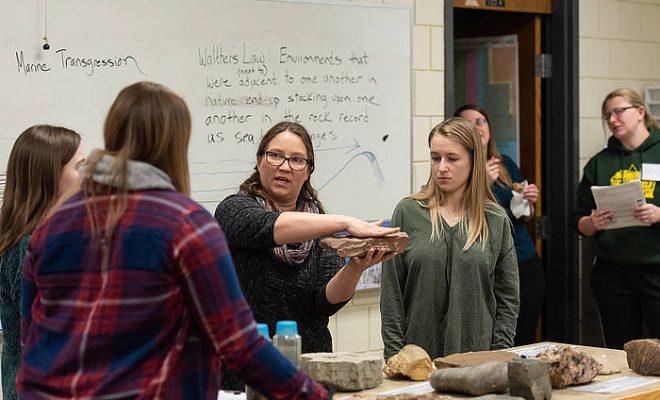Activities to Teach Students to Identify Plants and Animals

As educators, it is vital that we teach our students about the fauna and flora that surrounds us. Identifying plants and animals not only helps students understand the world around them, but it also sparks an interest in biology and conservation.
Here are some activities that you can use to teach students how to identify plants and animals:
1. Nature Walks
One of the best ways for students to identify plants and animals is through exposure to nature. Take your students for a nature walk in a nearby park or forest, and ask them to observe the plants and animals they see. They can take notes or pictures of the ones they are not familiar with, and then research them later.
2. Field Guide Exploration
There are plenty of field guides available for different geographical areas and ecosystems. Let your students explore a field guide that corresponds to the area they are in, and then ask them to identify the plants and animals in it. They can also research interesting facts about the ones they identify.
3. Scavenger Hunt
Create a scavenger hunt by providing students with a list of plants and animals they must find. This activity can be done in the schoolyard or a nearby park. Students can work in groups or individually, and the first one to identify all the items on their list wins.
4. Nature Bingo
Bingo is a fun and educational way to teach students to identify plants and animals. You can create Bingo cards with different plants and animals and include pictures or descriptions. As you take your nature walk or explore a field guide, students can mark the squares on their Bingo card as they identify the plants and animals.
5. Plant and Animal Sorting
Another way to teach students to identify plants and animals is by sorting them into different categories. Grouping them according to similar characteristics as well as appearance will be helpful to students. For example, sorting plants of different types such as Fruit trees, shrubs, and vines. Repeat the activity with animals for classification, and it will encourage critical thinking and strategic reasoning.
Teaching students to identify plants and animals is not only great for their education but also for their curiosity and appreciation for the natural world. These activities can be used as standalone lessons or as part of an ongoing curriculum. Always keep in mind that the activities should be fun and engaging as it creates the perfect formula for a successful learning experience.






